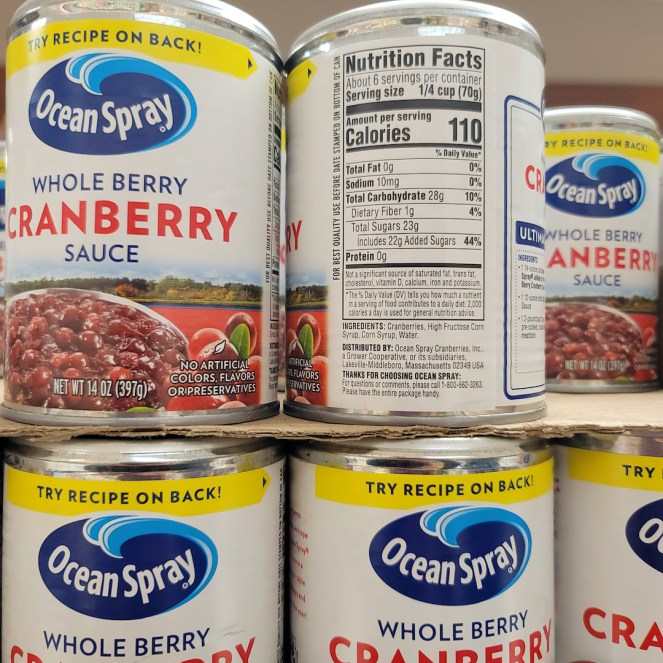We grew a lot of onions on our homestead this past year. We specialize in “Whidbey Sweets,” as we call our Walla Walla Onions. They don’t grow as big here on the island as they do in their namesake of Walla Walla, WA, but it’s also a lot cooler here than in blazing-hot Eastern Washington. These are not great “storage onions”, so this past year I worked on processing them into long-term storage by freeze-drying many of them. I found we were not always eating all of them before they’d spoil, even when cured. And that is an awful waste to have happened!

And this leads to something that is often claimed. Something even I have been guilty of – that you shouldn’t preserve food that is cheaper just to buy pre-done. Well…….OK, I get it. Onions, even sweet onions, can be had for $1 a pound or less in summer. And dried onions are rather cheap commercially (it’s a couple of dollars for a jar of dehydrated ones).
But if you grew them yourself…well, the flavor is off the charts. And fresh onions often don’t cause uncontrollable crying while you cut them—especially the sweet types. I’d cry once, clean my face with cold water and be fine. And get back to cutting them up.

Hand-sized onions.

So this past summer I harvested our onions, cleaned them up and cut them into half moons.
I froze them flat on cookie sheets (lined with parchment paper to make removal easier). Then I bagged them up into gallon freezer bags until I had five bags worth.
You will notice a pronounced smell in your freezer for a few hours until they are bagged up. Especially if you are buying commercially grown onions, and they are “storage” ones that have sat well cured in the cold for 6 months to a year. Fresh dissipates a lot faster. Keep this in mind in case you have delicate items such as ice cream in it.

I transferred the frozen onions to the freeze-dryer trays and popped them in for the cycle, which is automatic. We didn’t have to add any extra time for this cycle. Onions dry quickly and evenly I felt.

The onions will be light and crispy, snapping easily when dried. Sweet onions like this can be eaten raw right out of the machine.
I cut them into big pieces, but they are easily broken by hand into smaller pieces for adding to meals.
Once fully dry, remove and bag up immediately, adding an oxygen absorber packet in each bag or mason jar. We also added a desiccant packet to each container. Seal fully.
Mark what is in the bag and what day you did it on.
I used a combination of glass mason jars and mylar bags to store them in for both at-home cooking and for future trail meals.
And yes, the taste and texture were well worth the time, even if possibly it would have been cheaper just to buy them ready to use.

I did a tray of purple onions a friend grew so she could have long-term onions as well. She used her “ugly” scraps from when she was pickling red onions. No waste that way!

I ran another batch when I did this, with more sweet onions I had, her purples, lean diced ham (2 trays), and a yellow split pea soup—keeping the flavor profiles similar.
There was no noticeable smell left behind in the freeze-dryer after the batches. That had been a concern of mine.
These last two runs were a worthy cycle of our freeze-dryer.
Want To See More On What We Have Freeze-dried?
Harvest Right is running a Valentine’s Day Sale with up to $500 off on their freeze-dryers.
~Sarah















